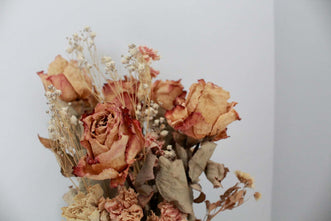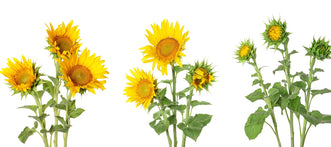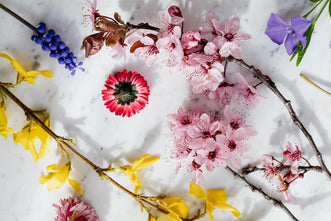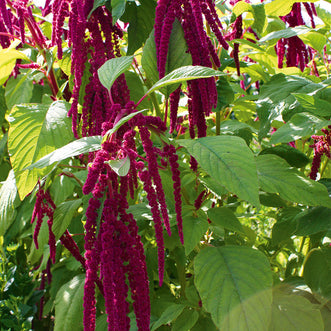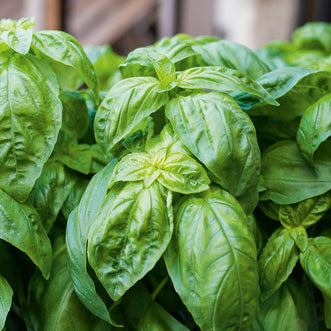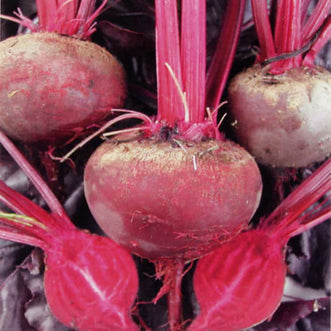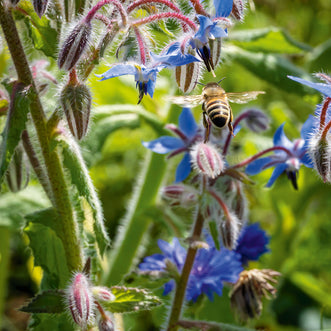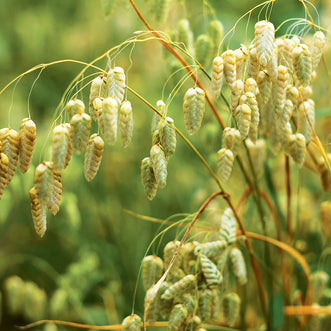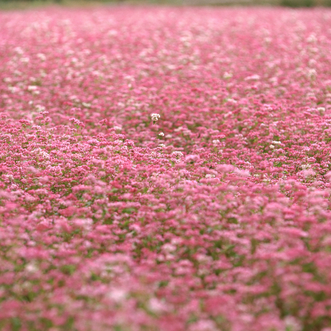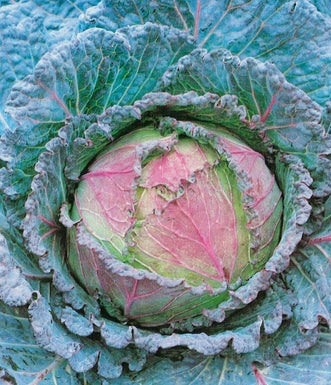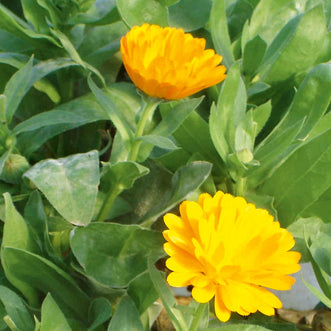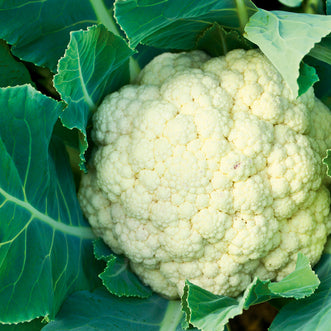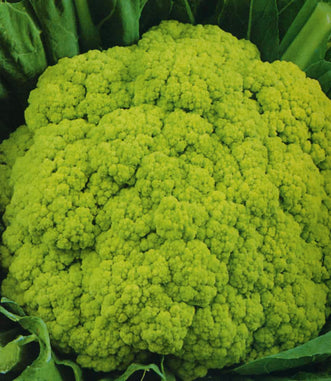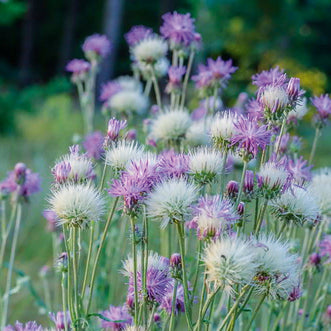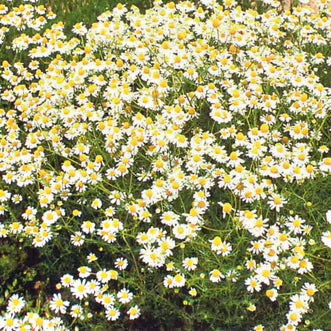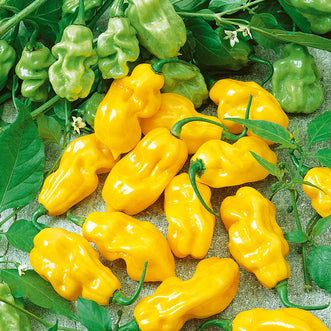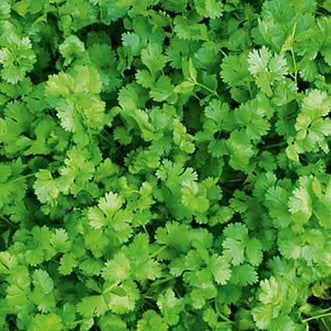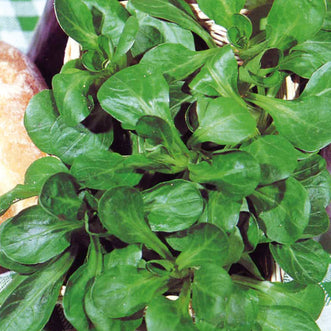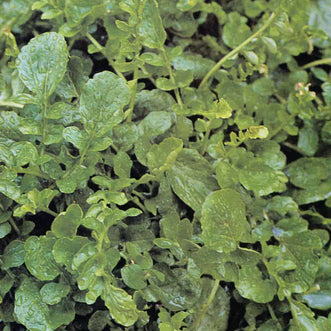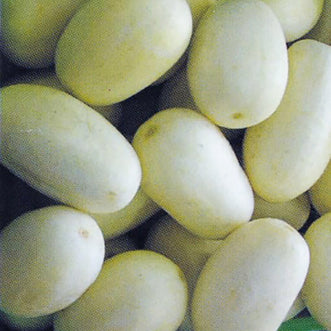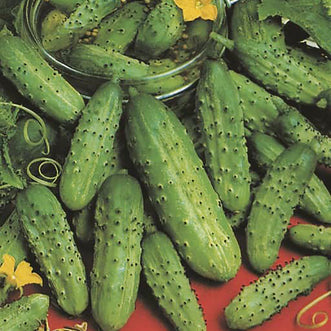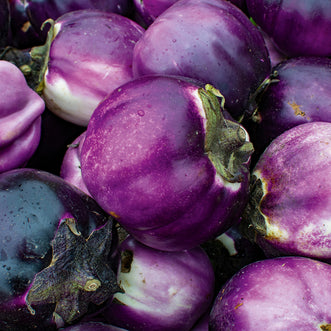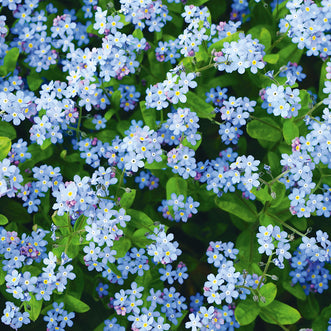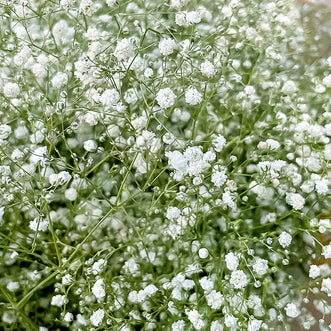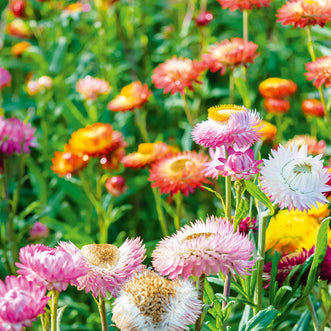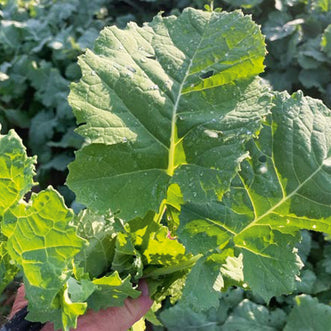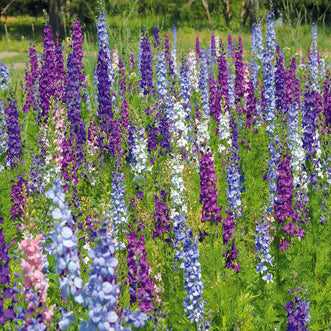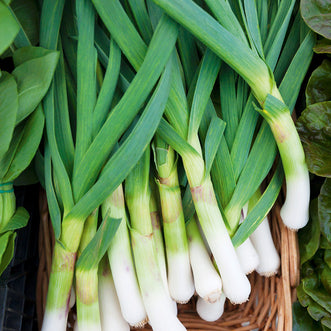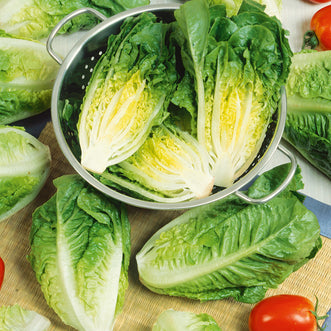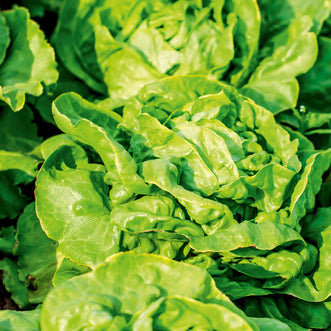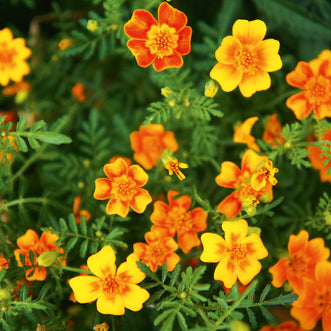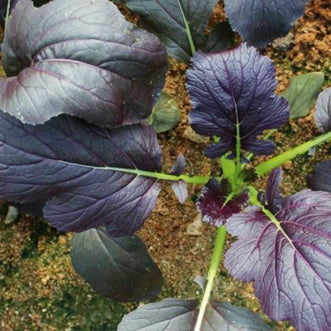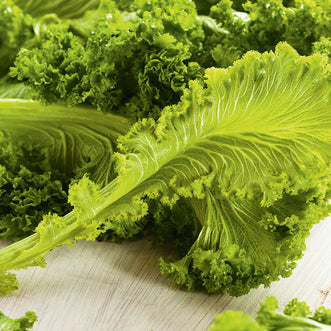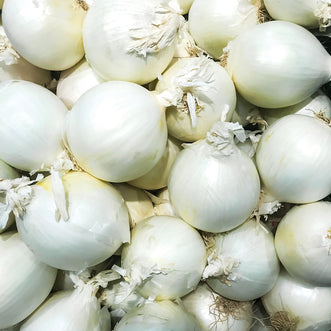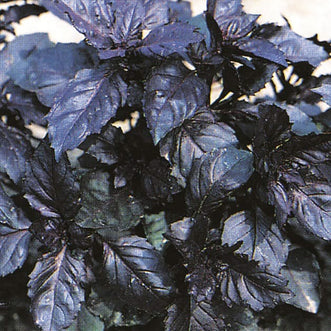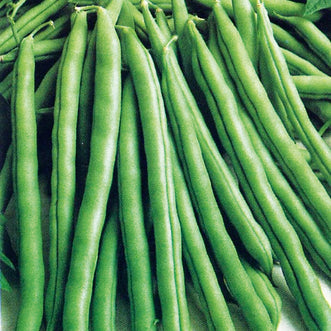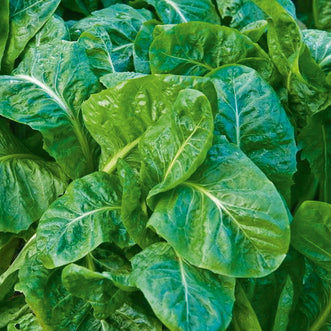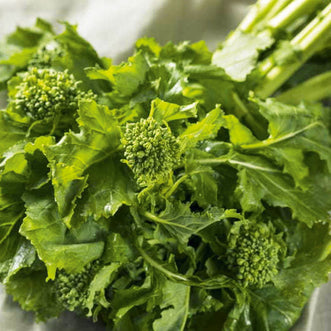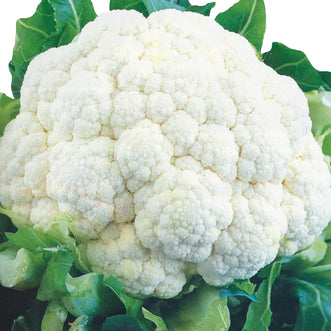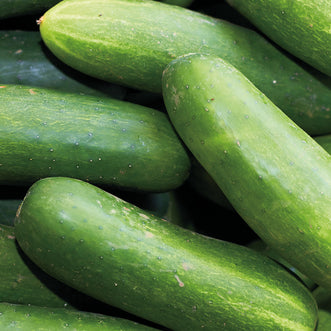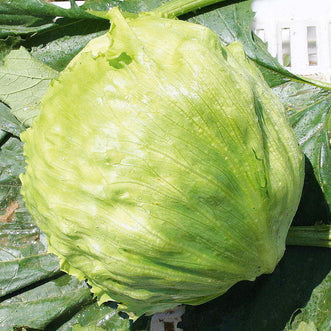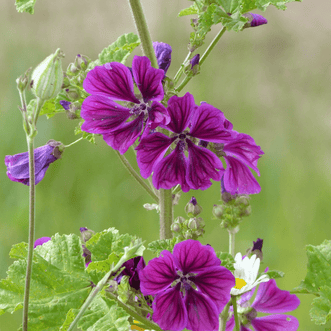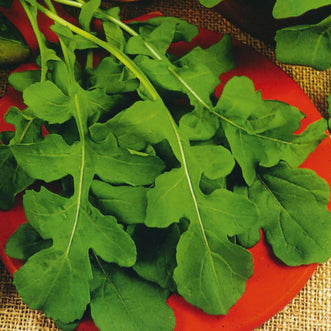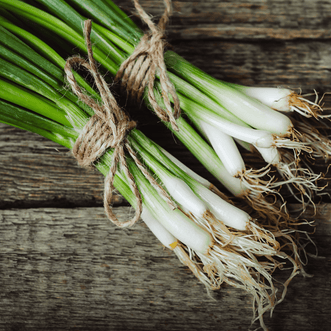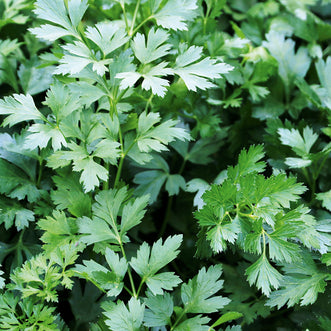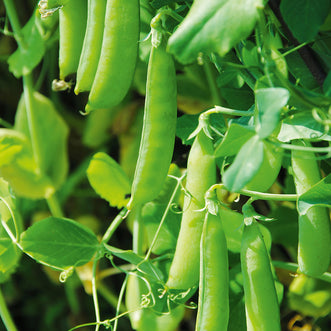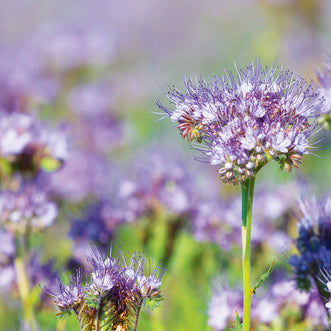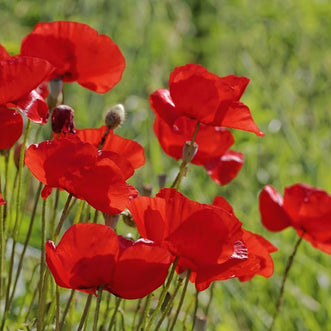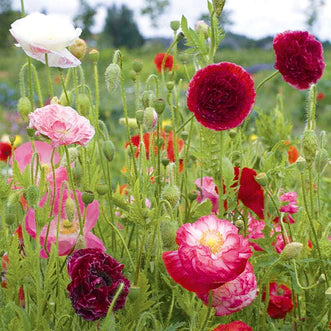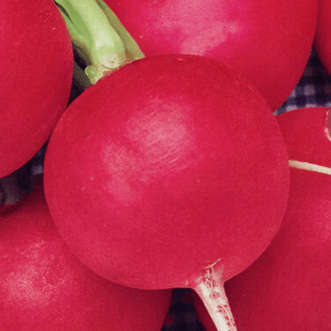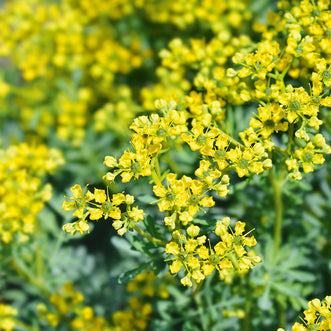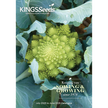Kings Seeds Nasturtiums
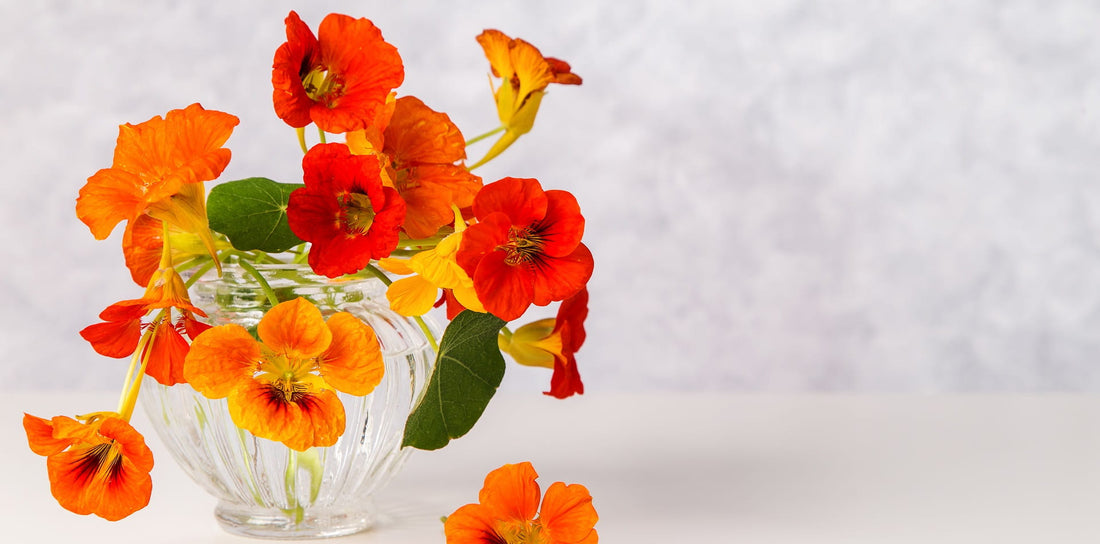
Originally from Central America and Peru and brought back to Europe by the early botanists. The most famous botanist of all, Carl Linnaeus from Sweden, classified 80 different species into the genus Tropaeolum which loosely translates into "nose tweaker" referring to its peppery flavour. The two main species are Tropaeolum majus, the trailing nasturtium and Tropaeolum minus, the more compact bushy type which holds its flowers above the foliage.

Trailing Nasturtiums are an ideal ground cover that happily spread over unused waste ground or cover up unsightly banks. The semi-trailing ones also look great in hanging baskets, while the compact types are a useful border plant or fill baskets, planter boxes and large tubs to overflowing.

Nasturtium flowers are rich in pollen and nectar, with a light honey scent that bees enjoy. Other good bugs such as predator wasps and hover flies (that feed on common pests like aphids) are also attracted to them.
The flowers make a useful addition to summer salads and as a garnish to bring colour to a platter, its best not to wash the flowers though as they can bruise and crease unless handled gently.

Young leaves bring a pleasant peppery mustard flavour to a salad and can make a tasty pesto. A simple recipe is to blanch the leaves for 20 seconds in boiling water, cool them quickly in ice water then swap them for the Basil, Parsley or Coriander you would otherwise use in conjunction with other ingredients - pine nuts, olive oil, garlic, salt and Parmesan cheese. While still soft and immature, the seed clusters can also be pickled and used like capers.

In the garden, nasturtium seed will germinate pretty easily from spring through to autumn in most areas, either sowing them directly in the garden or starting them in the prop house first. They prefer full sun with well drained soil, but will achieve more flowers in poor soils. Too much nitrogen results in more big leaves and fewer flowers - dead heading spent flowers before they set seed will also encourage further flower setting.

If companion planting is a consideration in your garden, avoid planting nasturtiums with fennel, parsley and carrots but do plant in near beans, onions, lettuces, peas and spinach.

